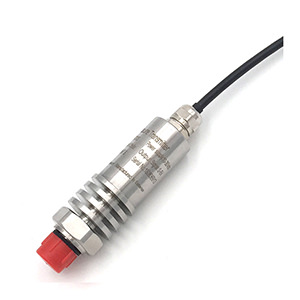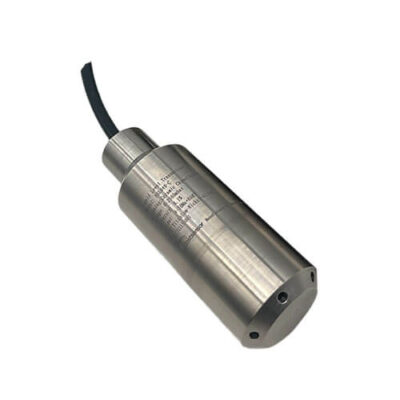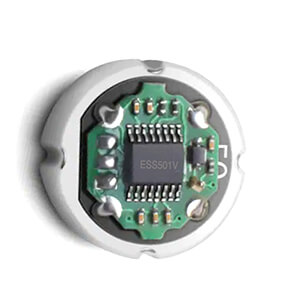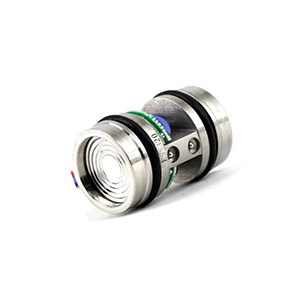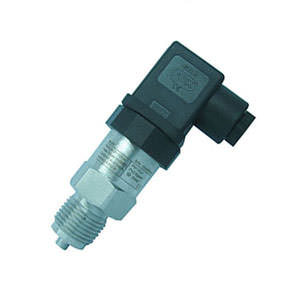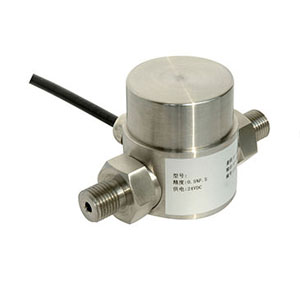Silicon pressure sensors can be categorized into two main types: amplified and un-amplified.
Amplified silicon pressure sensors integrate advanced signal conditioning and amplification circuitry directly on the chip, delivering a robust, standardized output signal that simplifies system integration.
In contrast, un-amplified silicon pressure sensors provide a raw, millivolt-level output, requiring external signal processing.
Understanding the unique characteristics and trade-offs between amplified and un-amplified silicon pressure sensors is crucial in selecting the optimal solution for a given application.
So, amplified or un-amplified silicon pressure sensor, how to choose?
![]()
Challenges of raw piezo-resistive sensor output
Piezo-resistive pressure sensors based on silicon diaphragms inherently produce a very low-level output signal, typically in the millivolt range. This raw sensor output poses several challenges that need to be addressed.
Low Signal-to-Noise Ratio
- The millivolt-level sensor output is vulnerable to electrical noise, which can significantly degrade the measurement accuracy and stability.
- Without proper signal conditioning, the sensor’s useful signal can be easily obscured by background noise, making it difficult to achieve reliable pressure readings.
Temperature Sensitivity
- The piezo-resistive elements in silicon sensors exhibit a strong temperature dependence, leading to significant output drift as the operating temperature changes.
- Unconditioned, the sensor output can vary by 10-20% or more over the typical operating temperature range of -40°C to +125°C.
Impedance Matching
- The high output impedance of the raw piezo-resistive sensor (typically in the kΩ range) can create challenges in interfacing with downstream electronics, such as analog-to-digital converters (ADCs) or microcontrollers.
- Improper impedance matching can result in signal attenuation, waveform distortion, and increased susceptibility to electromagnetic interference (EMI).
Importance of on-chip signal processing
To overcome the challenges of raw piezo-resistive sensor output, it is crucial to integrate signal conditioning and amplification circuitry directly on the sensor chip. This on-chip integration offers several key benefits
Improved Signal-to-Noise Ratio
- The integrated amplification circuits can boost the sensor output by a factor of 100 or more, significantly improving the signal-to-noise ratio and enhancing the overall measurement accuracy.
- Specialized filtering techniques, such as correlated double sampling, can further reduce the impact of electrical noise.
Temperature Compensation
- On-chip signal processing allows for the implementation of advanced temperature compensation algorithms, which can minimize the output drift caused by changes in operating temperature.
- This compensation can typically reduce the temperature-induced error to less than 0.25% of full scale over the entire operating temperature range.
Impedance Matching and Signal Buffering
- The integrated amplification circuits provide a low-impedance output, which simplifies the interface with downstream electronics and reduces susceptibility to EMI.
- This buffering also ensures that the sensor output can be driven over longer cable lengths without significant signal degradation.
However, some applications may have unique signal processing requirements that are better suited for external, custom-designed conditioning circuits rather than the integrated amplification in amplified sensors. In such cases, un-amplified sensors, with mv output signal, will provide the flexibility to leverage specialized signal processing techniques.
Types of integrated amplification circuits
Various amplification circuit topologies can be implemented on the silicon pressure sensor chip, each with its own advantages:
Instrumentation Amplifiers
- Instrumentation amplifiers are widely used in amplified silicon pressure sensors, offering high input impedance, high common-mode rejection ratio, and excellent linearity.
- Example: An instrumentation amplifier with a gain of 100 and an input offset voltage of 50 μV can provide a 0-5 V output for a 0-100 mV sensor input.
Operational Amplifiers (Op-Amps)
- Op-amp-based amplification circuits offer flexible design options, allowing for customized gain, offset, and filtering configurations.
- These circuits can be optimized for specific sensor requirements and integrated onto the same silicon substrate.
Application-Specific Integrated Circuits (ASICs)
- Highly specialized ASIC designs can integrate advanced signal processing functionalities, such as digital calibration, temperature compensation, and diagnostic features.
- ASICs can provide a turnkey solution for amplified silicon pressure sensors, offering a higher level of integration and optimization.
Sensor Packaging and Environmental Ruggedness
Hermetic packaging for media compatibility
Amplified silicon pressure sensors are designed to operate in a wide range of industrial and commercial environments, often exposed to harsh media conditions. To ensure reliable and durable performance, these sensors are typically housed in hermetic packages that provide exceptional media compatibility.
The hermetic packaging employs techniques such as metal-to-metal or metal-to-ceramic sealing to create a truly airtight and waterproof enclosure. This hermetic seal prevents the ingress of liquids, gases, or other contaminants that could potentially damage the sensitive silicon sensing elements and integrated electronics.
For example, an amplified silicon pressure sensor with a stainless steel housing and a laser-welded metal diaphragm can provide excellent resistance to a variety of media, including oils, fuels, hydraulic fluids, and even corrosive chemicals, making it suitable for applications in the oil and gas, industrial automation, and automotive industries.
Techniques for vibration and shock resistance
Amplified silicon pressure sensors are often deployed in environments with significant levels of vibration and shock, such as industrial machinery, off-road vehicles, and heavy equipment. To withstand these harsh conditions, specialized packaging and mounting techniques are employed.
One common approach is the use of a robust, low-profile metal housing that is designed to minimize the transfer of vibrations to the sensitive sensing elements. Additionally, the sensor package may incorporate advanced damping mechanisms, such as elastomeric gaskets or O-Ring , to absorb and dissipate the energy from shock and vibration.
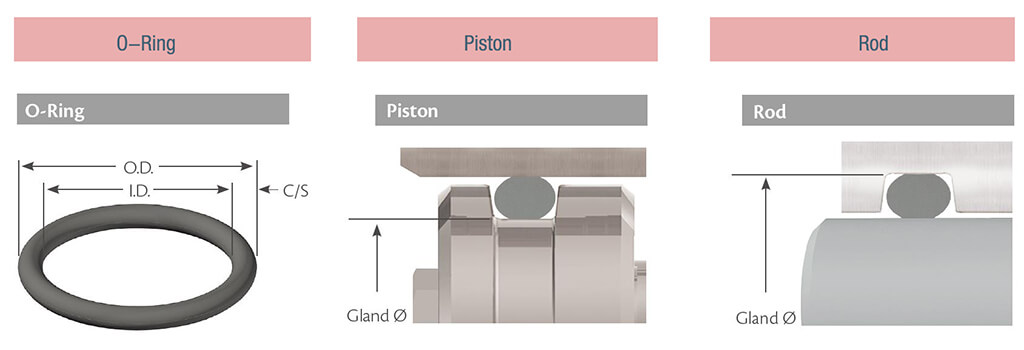
For example, an amplified silicon pressure sensor with a vibration resistance of 30 g (rms) and a shock resistance of 150 g would be suitable for applications with moderate to high levels of vibration and shock, commonly found in industrial and automotive environments.
Operating temperature range (-40°C to +125°C)
Amplified silicon pressure sensors are designed to operate reliably across a wide temperature range, typically from -40°C to +125°C (-40°F to +257°F). This broad operating temperature range is achieved through a combination of advanced materials, specialized packaging, and integrated temperature compensation circuitry.
The use of high-performance silicon, specialized adhesives, and robust packaging materials ensures that the sensor’s mechanical and electrical properties remain stable even under extreme temperature conditions.
Furthermore, the integrated signal conditioning and amplification circuits incorporate temperature compensation algorithms that actively correct for any temperature-induced output drift, maintaining consistent and accurate pressure measurements throughout the operating temperature range.
For instance, an amplified silicon pressure sensor with an accuracy specification of ±0.25% of full scale over the -40°C to +125°C temperature range would be well-suited for applications that require reliable pressure monitoring in demanding environments, such as industrial process control, automotive systems, and aerospace equipment.
Analog vs. Digital Amplified Silicon Pressure Sensors
Analog Output Sensors (Voltage, Current):
Amplified silicon pressure sensors can provide analog output signals, typically in the form of voltage or current. These analog interfaces are well-established and widely compatible with a variety of industrial control systems and data acquisition equipment.
- Voltage output sensors commonly provide standardized output ranges such as 0-5 VDC, 0-10 VDC, or ratiometric 0.5-4.5 VDC.
- For example, an amplified silicon pressure sensor with a 0-10 VDC output and a pressure range of 0-100 psi (0-689 kPa) would have a sensitivity of 0.1 V/psi (0.0145 V/kPa).
- Voltage output sensors are well-suited for applications where the control system or data acquisition hardware has high-impedance voltage inputs.
- Current output sensors typically offer a 4-20 mA signal, which is a widely adopted standard in industrial automation.
- This current-based output is less susceptible to noise and can be transmitted over longer distances without significant signal degradation.
- For instance, an amplified silicon pressure sensor with a 4-20 mA output and a pressure range of 0-500 psi (0-3.45 MPa) would have a sensitivity of 0.032 mA/psi (0.0046 mA/kPa).
- Current output sensors are advantageous in applications where the control system has current-based inputs or when the sensor needs to be located far from the control equipment.
Digital Output Sensors (I2C, SPI, UART):
In addition to analog outputs, amplified silicon pressure sensors can also provide digital interface options, such as I2C, SPI, or UART communication protocols.
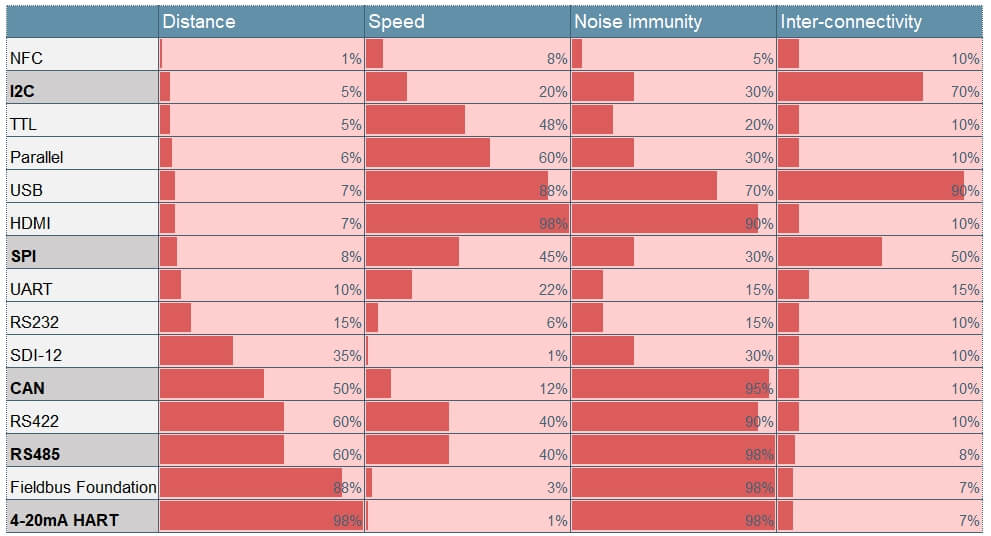
I2C (Inter-Integrated Circuit):
- I2C is a widely used serial bus interface that allows for direct connection to microcontrollers and embedded systems.
- It enables bidirectional communication, allowing for sensor configuration, calibration, and diagnostic data exchange.
- I2C-based amplified silicon pressure sensors are well-suited for applications that require integrated sensor-to-microcontroller communication, such as in industrial automation and IoT (Internet of Things) devices.
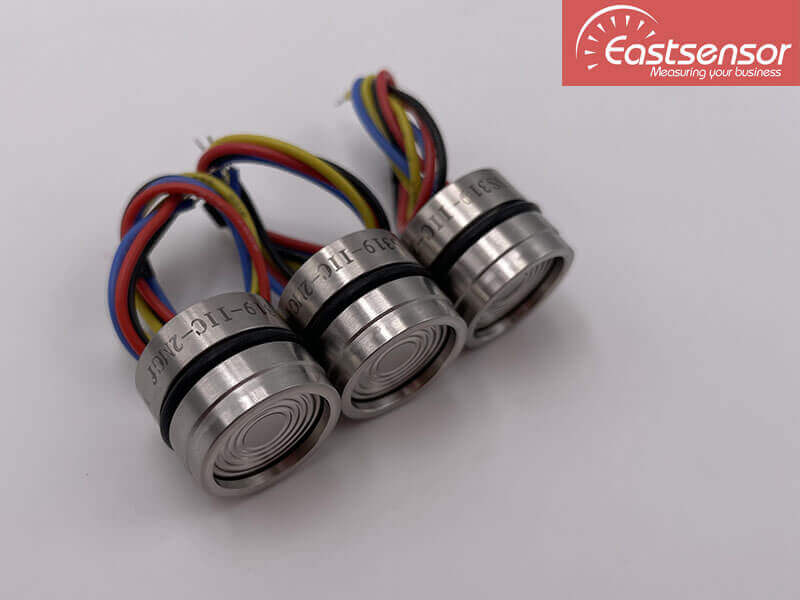
SPI (Serial Peripheral Interface):
- SPI is a serial communication protocol that provides a high-speed, synchronous data transfer interface.
- SPI-based amplified silicon pressure sensors can offer faster data rates compared to I2C, making them suitable for applications that require rapid pressure data acquisition, such as in automotive or aerospace systems.
UART (Universal Asynchronous Receiver-Transmitter):
- UART is a simple, asynchronous serial communication interface commonly found in embedded systems and industrial controllers.
- UART-based amplified silicon pressure sensors can provide a direct interface to serial communication ports, simplifying integration into legacy systems or applications that require a straightforward serial data link.
Advantages and Use Cases:
Analog and digital output amplified silicon pressure sensors each have their own advantages and use cases:
- Simplicity of integration with legacy analog control systems
- Straightforward signal conditioning and processing
- Suitable for applications with distance constraints or electrical noise concerns
- Enables advanced sensor configuration and diagnostics
- Facilitates integration with microcontrollers and digital control systems
- Provides higher noise immunity and data integrity over long cable runs
- Ideal for applications requiring sensor networking, remote monitoring, or IoT integration
Advanced Features of Amplified Silicon Pressure Sensors
On-board Diagnostics and Self-testing
Amplified silicon pressure sensors can be equipped with advanced on-board diagnostics and self-testing capabilities to enhance their reliability and fault detection. These features are particularly valuable in mission-critical applications where constant monitoring and early detection of potential issues are crucial.
Examples of on-board diagnostics include:
- Sensor element integrity checks: Monitoring the health of the piezo-resistive sensing elements for any open or short circuit conditions.
- Supply voltage monitoring: Ensuring the sensor is operating within the specified power supply voltage range.
- Temperature sensor integration: Tracking the internal sensor temperature to enable advanced temperature compensation.
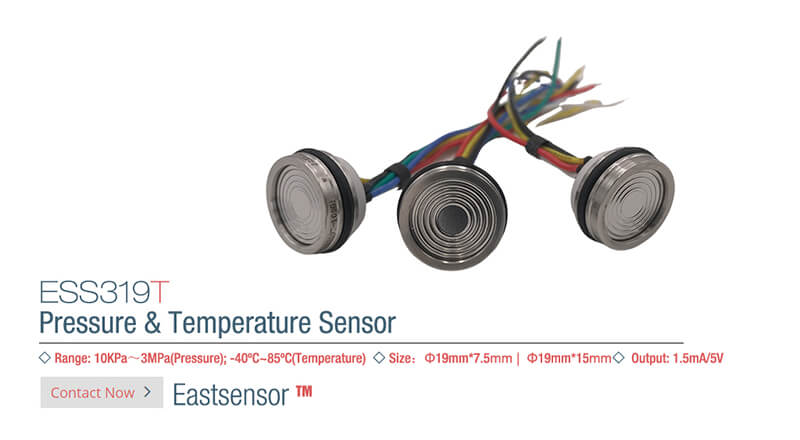
- Overpressure and burst pressure detection: Alerting the system when the applied pressure exceeds the sensor’s safe operating limits.
The self-testing functionality allows the sensor to perform periodic, automated checks of its internal circuitry and signal processing components. This can include verifying the operation of the amplification circuits, analog-to-digital converters, and digital communication interfaces.
Digital Calibration and Compensation
Amplified silicon pressure sensors often incorporate advanced digital calibration and compensation algorithms to enhance their accuracy and stability over a wide range of operating conditions.
Digital Calibration:
- The sensor’s output can be digitally calibrated during the manufacturing process to correct for any inherent non-linearity, hysteresis, or offset errors.
- This digital calibration can achieve accuracy levels of ±0.1% to ±0.25% of the full-scale output, surpassing the performance of traditional analog calibration methods.
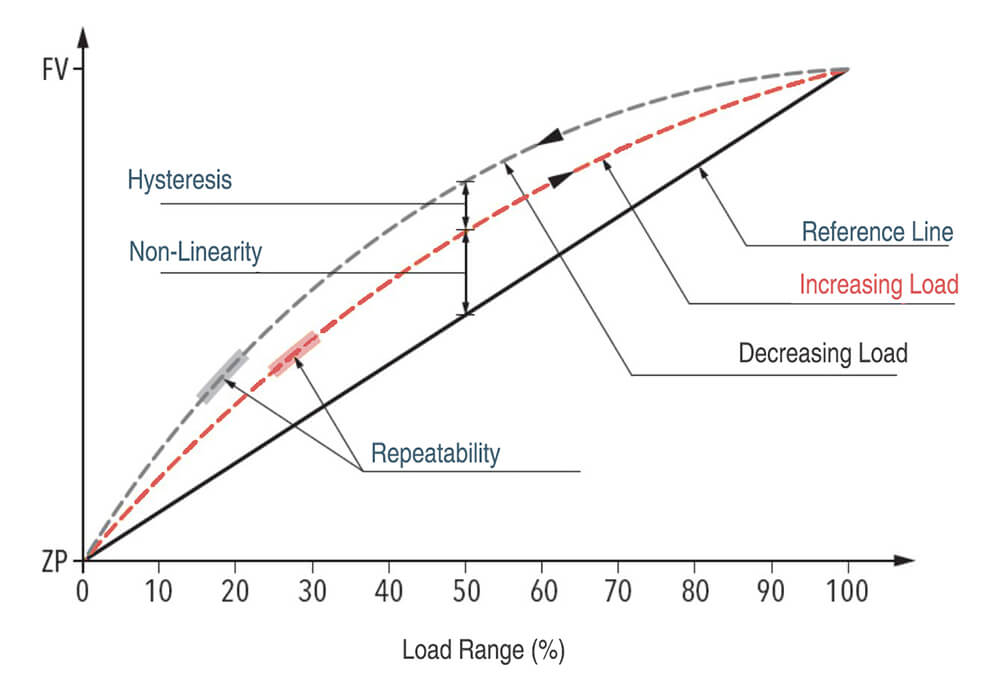
Temperature Compensation:
- Integrated temperature sensors and compensation algorithms can dynamically correct the pressure sensor’s output for changes in ambient temperature.
- This can reduce the typical temperature-induced error from 10-20% down to less than 0.25% of the full-scale output over the entire operating temperature range.
Programmable Output Scaling and Offset
Amplified silicon pressure sensors may offer the ability to program the output scaling and offset through digital interfaces, such as I2C or SPI.
Output Scaling:
- The sensor’s output can be scaled to match the specific pressure range requirements of the application, allowing for a more optimized use of the available output span.
- For example, an amplified silicon pressure sensor with a 0-100 psi (0-689 kPa) range could be scaled to provide a 0-5 VDC output for 0-50 psi (0-345 kPa).
- The sensor’s output can be digitally adjusted to provide a custom offset, which can be useful for applications where a specific zero-pressure reference is required.
- This programmable offset can be particularly beneficial in applications where the sensor needs to be integrated into existing systems with specific input requirements.
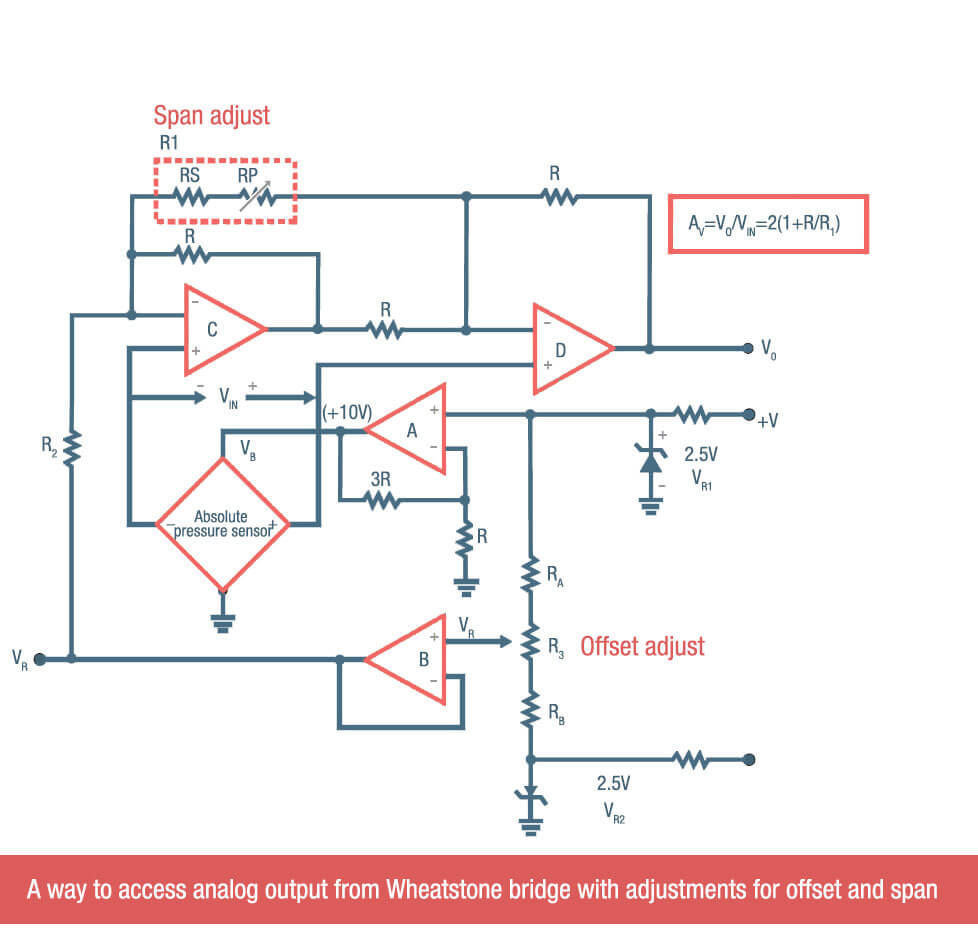
These advanced features, such as on-board diagnostics, digital calibration, and programmable output scaling, enable amplified silicon pressure sensors to deliver exceptional performance, flexibility, and reliability, making them well-suited for a wide range of demanding industrial, automotive, and commercial applications.
Conclusion
In conclusion, the comprehensive exploration of amplified silicon pressure sensors has unveiled their pivotal role in transforming the world of industrial and commercial pressure measurement. These advanced sensors seamlessly integrate sensing and signal conditioning capabilities, delivering a robust, standardized output that simplifies system integration and enhances overall performance.
By delving into the nuances of silicon piezo-resistive sensing, integrated signal processing, and specialized packaging, we’ve gained a deeper understanding of the technical innovations that underpin amplified silicon pressure sensors. The ability to withstand harsh environmental conditions, provide exceptional accuracy and stability, and offer flexible analog and digital interfaces has positioned these sensors as the preferred choice for a wide range of mission-critical applications, from industrial automation to automotive systems and beyond.
As the demand for reliable and high-performance pressure measurement continues to grow, amplified silicon pressure sensors stand at the forefront, offering engineers and system designers a versatile and future-proof solution to address the evolving needs of their industries. The advanced features, such as on-board diagnostics, digital calibration, and programmable output scaling, further solidify the position of amplified silicon pressure sensors as a cornerstone of modern pressure sensing technology.

